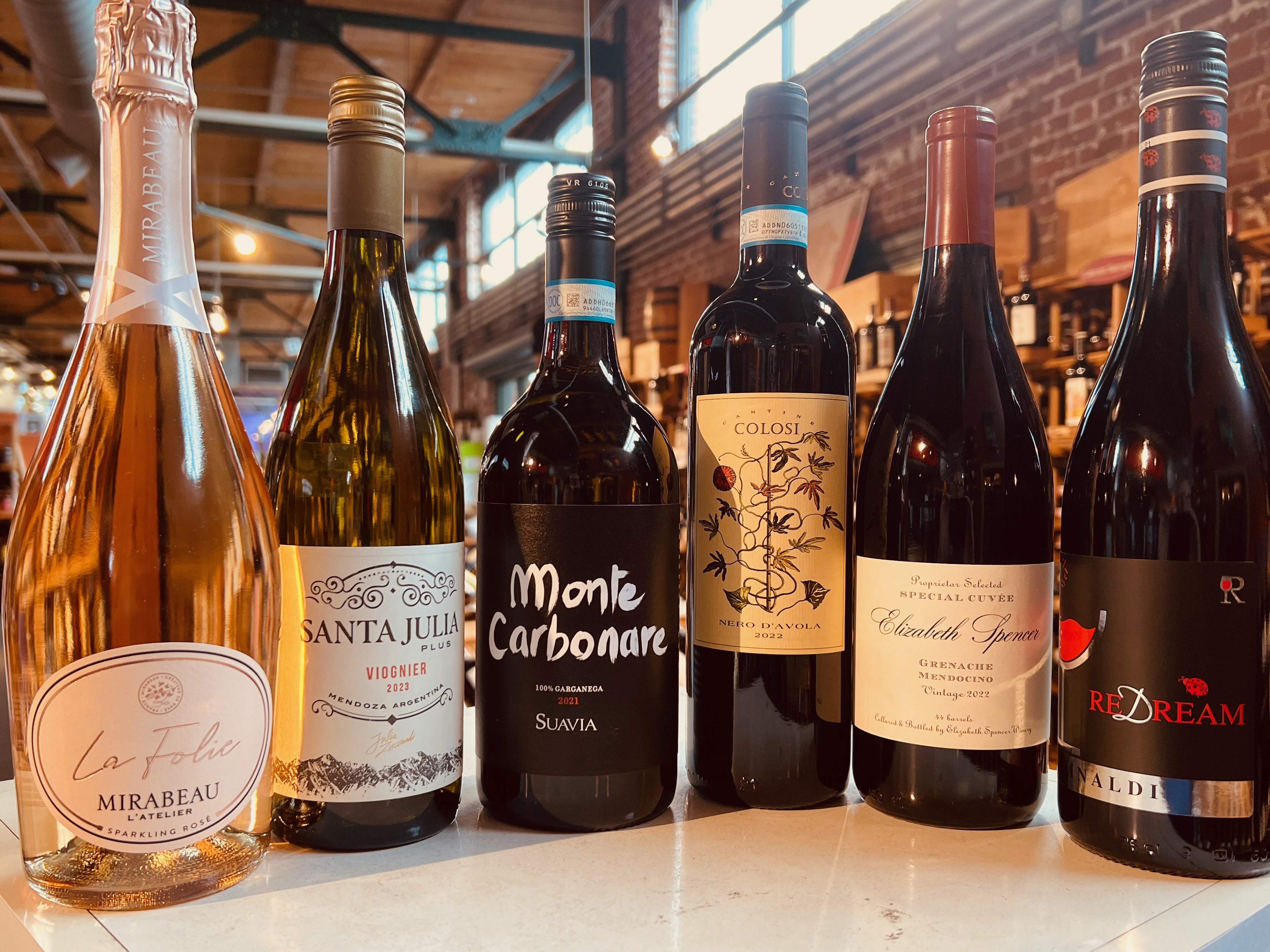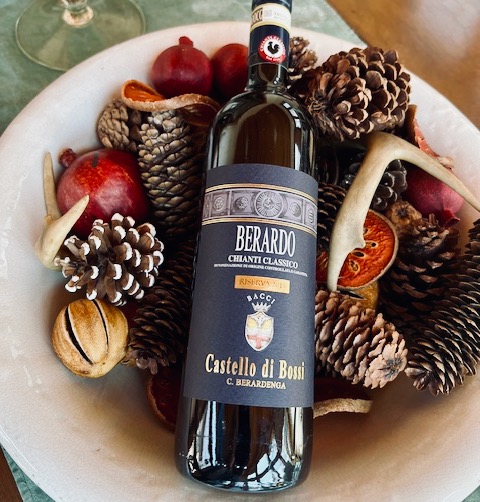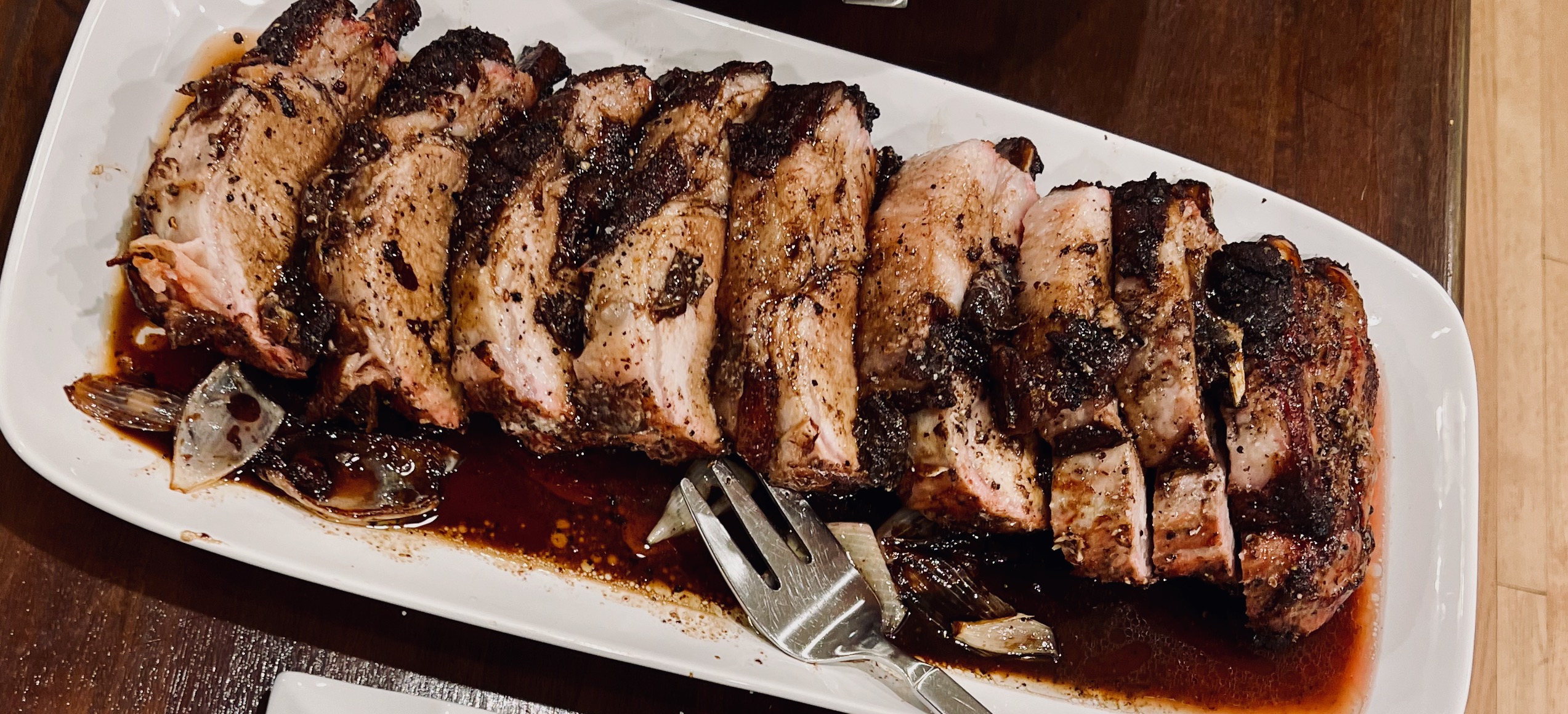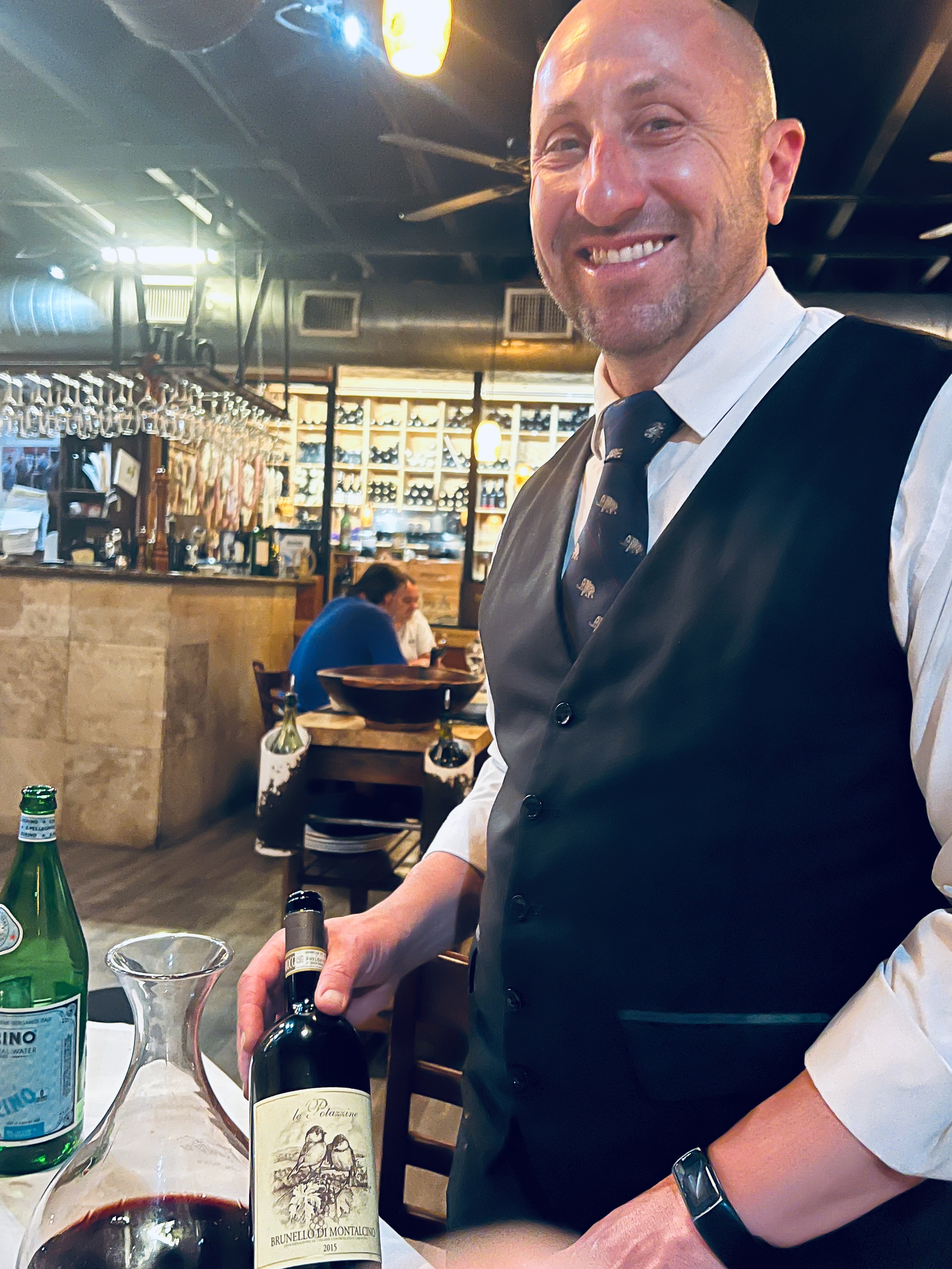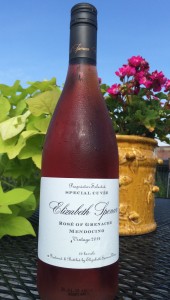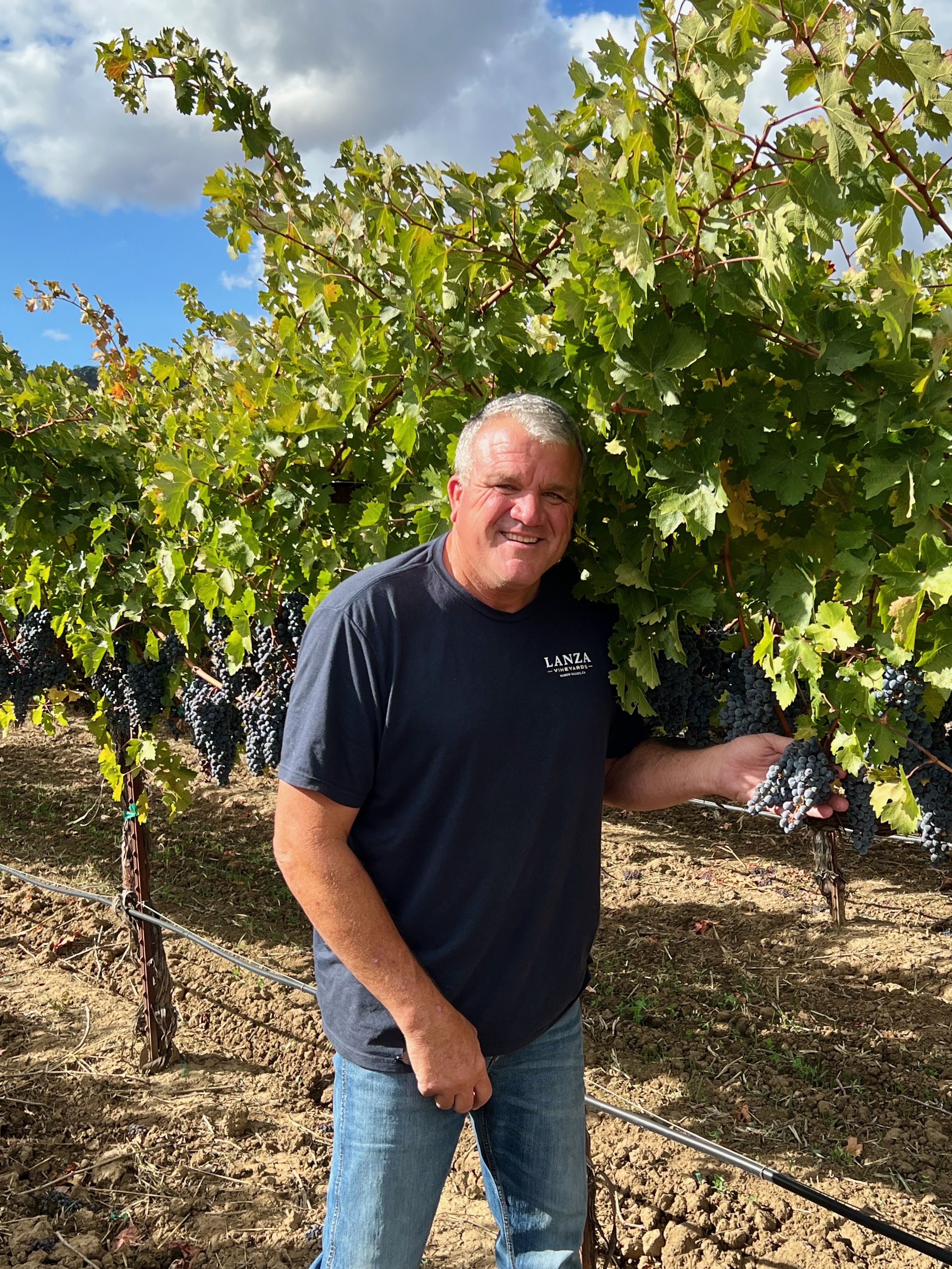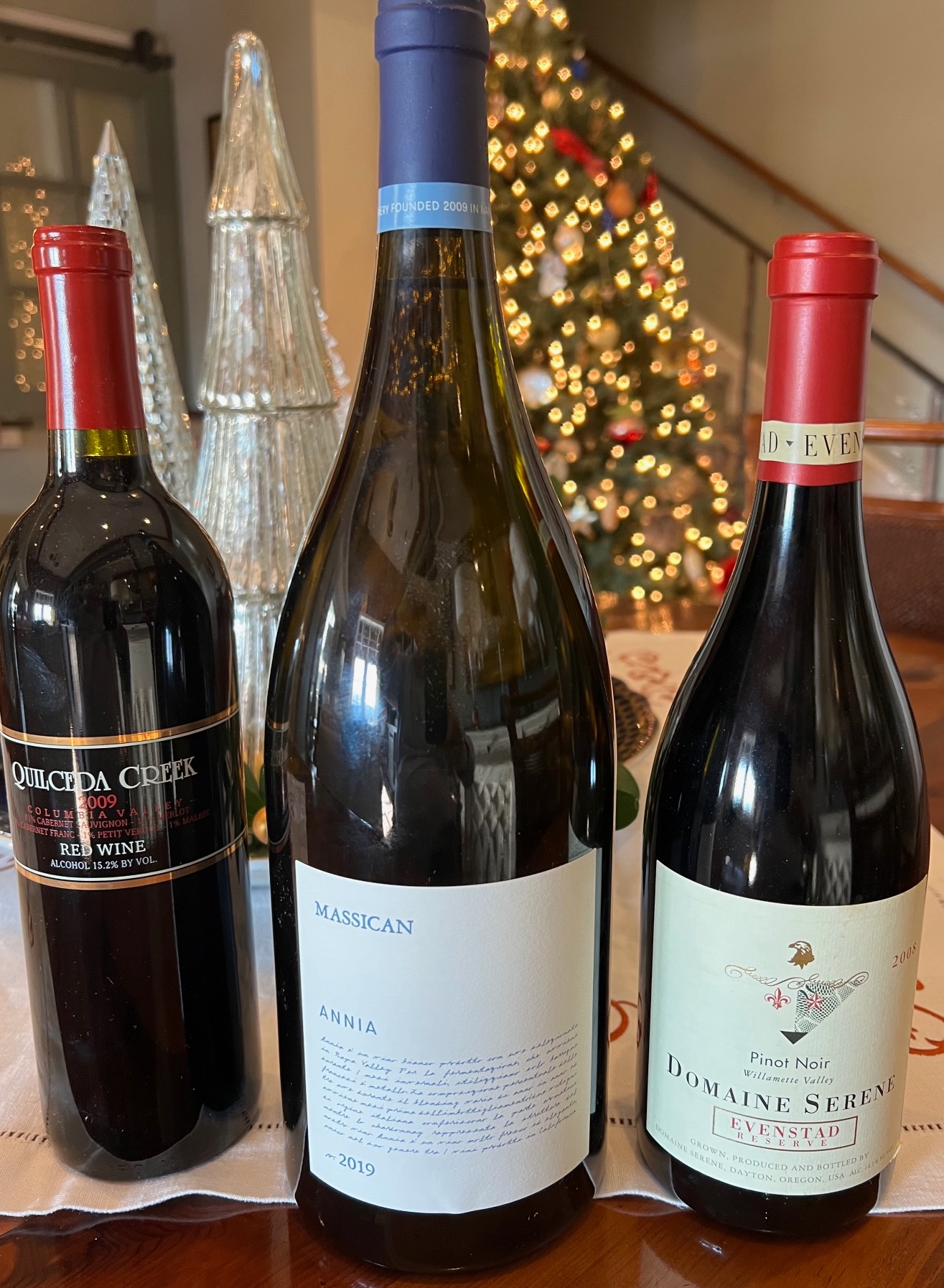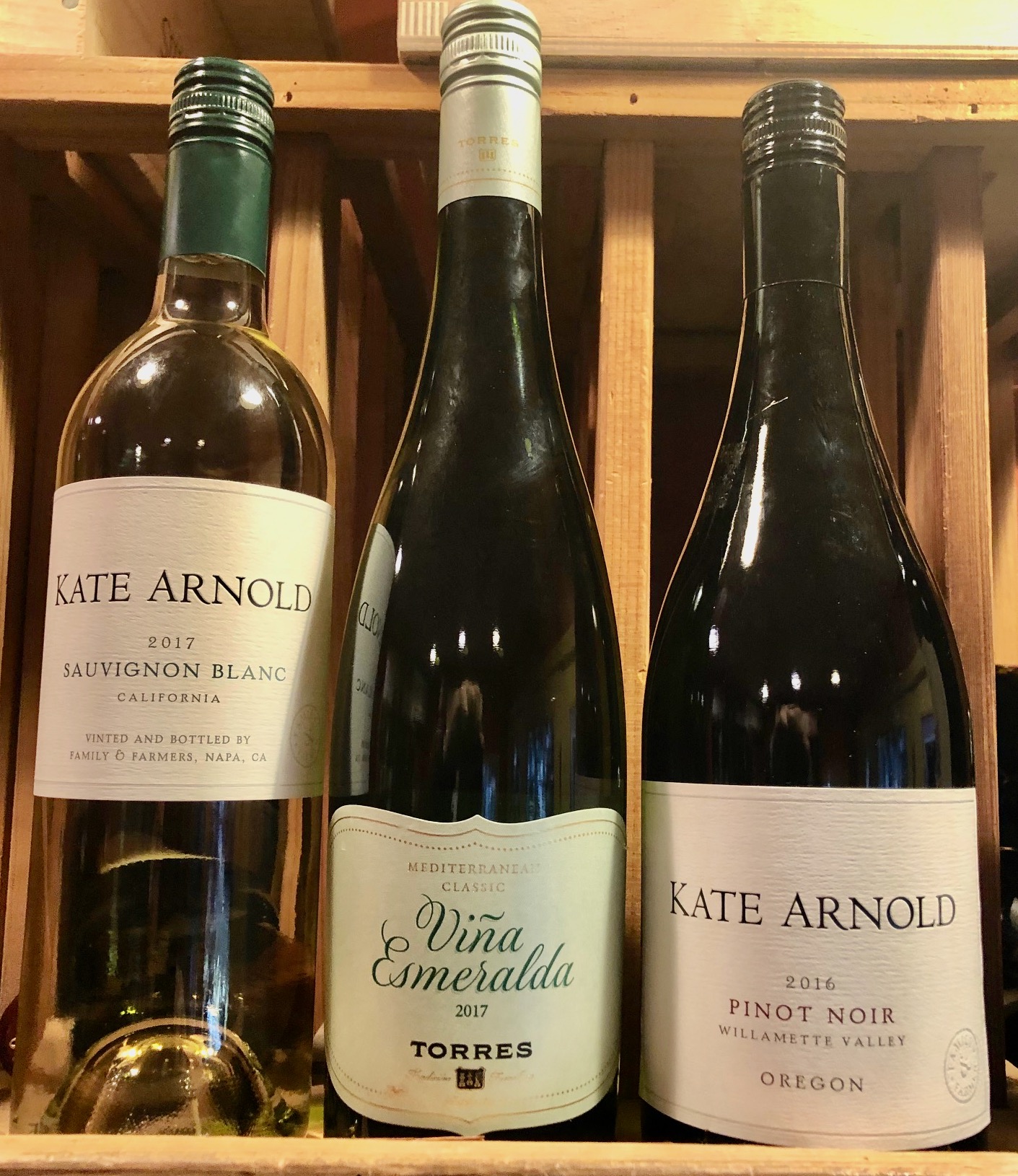Rose’and a Pink Butt!
July 8, 2024 by John BrownI’ve written many times before of my affection for all things rose’ and there is no better time to open a bottle of that sometimes pink, salmon colored or even orange hued wine than in the heat of the summer. And while it may seem counterintuitive to pair rose’ with a hearty, meat-centric dish, I’m going to suggest you do just that.
Years ago, in a galaxy far, far away (actually a decade or so ago), I regaled the wine-obsessed creatures that read my vinous scratchings with a recipe for pork shoulder, also known as pork butt. With that barbecue-enhanced chunk of swine, I recommended you pair the dish with hearty red wines such as petite sirah, malbec or Chianti classico. I still favor using those types of reds to marry with the flavors of roasted meat such as pork shoulder. Butt just not in the summertime!
When temperatures soar, the thought of sipping heavy, robust reds is about as appealing as wearing an overcoat to go running in the desert. And while some of you may think of rose’ as a one-dimensional, inexpensive sweet wine, many are produced classically dry, and are made to accompany food. You may also be surprised to know that rose’ is made in just about every fine wine region on earth using just about every red grape variety imaginable. The wines I’m suggesting you pair with the “Pink Butt” recipe below are definitely food wines.
The Pink Butt
– Purchase a five-to-eight-pound pork butt (shoulder) roast ,and make several half-inch deep cuts all over the meat with a sharp knife.
– Blend a tablespoon each of kosher salt, coarsely ground black pepper and minced garlic, along with a teaspoon of cayenne pepper and a half teaspoon of ground fennel seeds.
– Add two tablespoons each of olive oil, whole grain mustard and balsamic vinegar to the dry ingredients, mix together and rub all over the pork butt. Cover in plastic wrap and refrigerate for at least eight hours or overnight.
– Remove the plastic wrap and roast the meat for eight hours indirectly on a charcoal grill by moving the coals to either side. Then place the roast in the center of the grill over an aluminum pan filled with hot water.
– Adjust the air flow dampers on the top and bottom of the grill to control the heat and check the temperature gauge regularly to roast the pork between 225 – 250 degrees F.
– Alternatively, you may cook the butt entirely in the oven by placing it in a roasting pan and onto rounds of sliced onions. Add the liquid from a can of beer to the pan and roast at 225 degrees F for eight hours.
– Remove the pork from the grill or oven, and allow it to rest for an hour, saving some of the (fat skimmed) pan drippings. Then slice the roast and add some of the pan liquids to each piece of meat.

Pink Butt and Rose’
2022 Chateau Ste Michelle Columbia Valley Rose’ ($15) – From Washington State, this rose’ is round, but crisp, with a refreshing dose of acidity that marries well and enhances with the smoky richness of the roasted pork. It’s also nicely thirst quenching.
2022 Chateau Miraval Cotes du Provence Rose’ ($23) This wine from the southern Rhone region of France has a blend of ripe, red fruit flavor. It is medium-bodied with a touch of oak and a spicy finish which is seamlessly compatible with the grilled pork butt.
2022 Robert Sinskey Vin Gris of Pinot Noir ($40)– From the southern Napa Valley in the Carneros region, this 100 percent pinot noir rose’ is intensely scented with aromas of ripe apples floral tones and full of rich, yet balanced, citrus flavors, this rose will pair wonderfully with the smoky, spicey heft of the pork butt.
2022 Chateau De Segries Tavel Rose’ ($30) Tavel is traditionally known for its crisp, dry finish, and for being very food friendly. The wine, from the southern Rhone Valley, is a full-bodied rose’ that stands up to, and pairs exceedingly well, with the full-flavored Pink Butt recipe
John Brown is also a novelist. His latest book, Augie’s Wine, will be published in December. Augie’s Wine is the third novel in the “Augie” trilogy. His other two books – Augie’s War and Augie’ World – are available in print and as audio books at Amazon and at book shops in the state. You can find out more about his novels and wine columns at wordsbyjohnbrown.com


